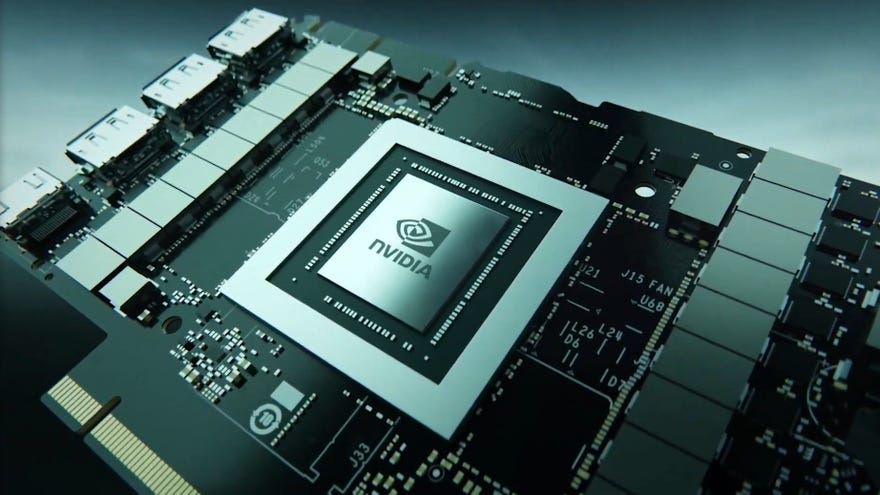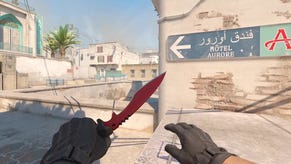Nvidia's RTX 3060 will hit PCs and laptops in February
Nvidia's RTX 3060 will cost $329 on desktop, or $999 in a laptop
Hot off the heels of the RTX 3060 Ti's launch at the end of last year, Nvidia have finally announced the regular version of the RTX 3060. It will be launching in late February for $329. That's not all, either, as Nvidia also announced that their RTX 30 series GPUs will be coming to laptops, too, with RTX 3060, RTX 3070 and RTX 3080 models arriving in just a couple of weeks time.
Starting with the desktop version of the RTX 3060, this will come with 12GB of GDDR6 VRAM, doubling the amount of VRAM available on the RTX 2060. Weirdly, it's also higher than what you get on both the RTX 3060 Ti and RTX 3070, both of which come with just 8GB of GDDR6 memory.
It doesn't look like there will be an Nvidia Founders Edition of the RTX 3060 when it launches next month - just third party models as pictured above. Nvidia didn't go into any more detail about the rest of the RTX 3060's specs during today's presentation, but I'll update this article with more information as soon as it's available.
Nvidia's RTX 3060 GPU is also going to be available in laptop form, too. With prices starting at $999 for RTX 3060 laptops, Nvidia claim these portable gaming machines will be 30% faster than Sony's PS5 (which you'd rather hope so given the difference in price), as well as twice as efficient as their previous RTX 2060 laptop chips.
It will be joined by mobile versions of Nvidia's RTX 3070 and RTX 3080 GPUs, with prices starting at $1299 for the former and $1999 for the latter. RTX 3070 laptops will offer up to 1.5x faster performance than RTX 2070 laptops, and Nvidia are calling their RTX 3080 laptops "the world's fastest laptops", offering up to 100fps at 2560x1440 resolutions on Ultra settings (thanks in no small part to their whopping 16GB of VRAM).
Part of what's driving that massive boost in performance is Nvidia's 3rd Gen Max-Q technology, which uses a combination of DLSS and new features such as Dynamic Boost 2.0, Whispermode 2.0 and the catchily-named Resizable BAR to give you more control over your laptop's gaming performance.
For example, Dynamic Boost 2.0 uses AI to shift power between CPU, GPU and GPU memory on a frame-by-frame basis, determining where it's needed most to get the best performance. Whispermode 2.0, on the other hand, will also deliver a new level of acoustic control for gaming laptops. You can pick your desired acoustic and Whispermode 2.0 will manage it all for you automatically. Resizable BAR, meanwhile, leverages the extra bandwidth afforded by the super fast PCIe 4.0 standard to let your CPU access the full extent of your GPU's memory banks to help improve performance even further, cutting down on the time it takes to update shaders, geometry and more.
There will be over 70 gaming laptops available come January 26th, and I'll be rounding up the RTX 30 series laptops to watch out for in a separate article very shortly.










